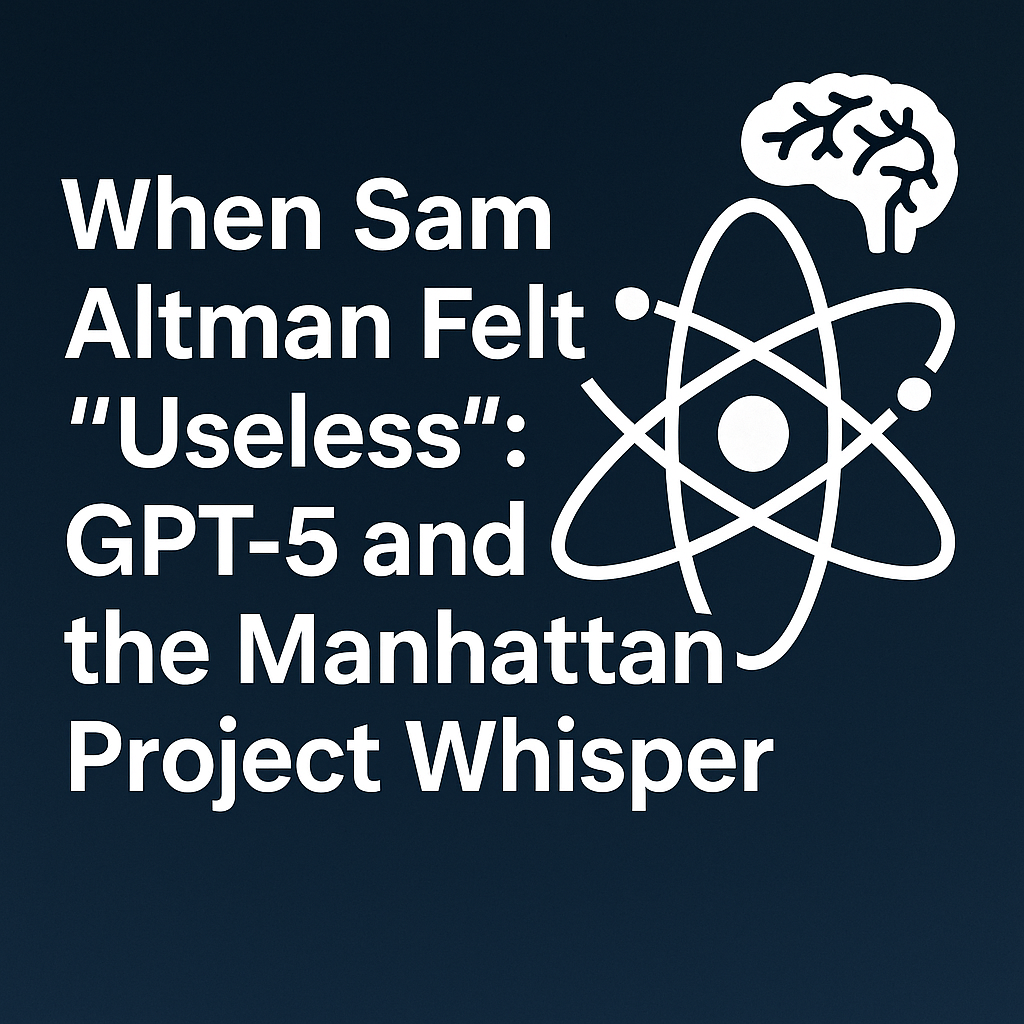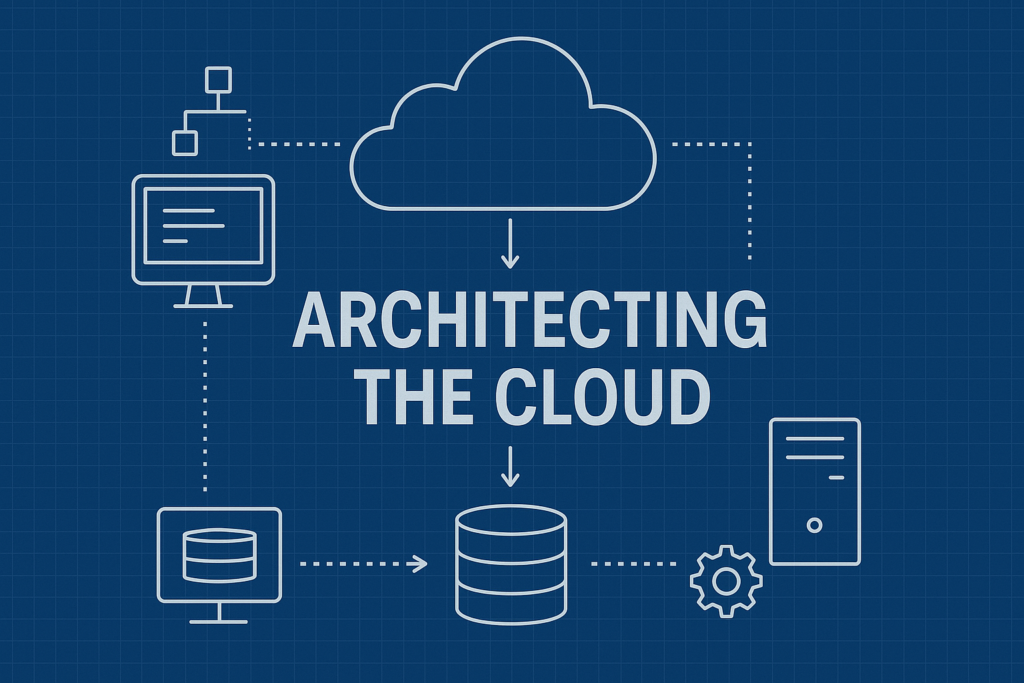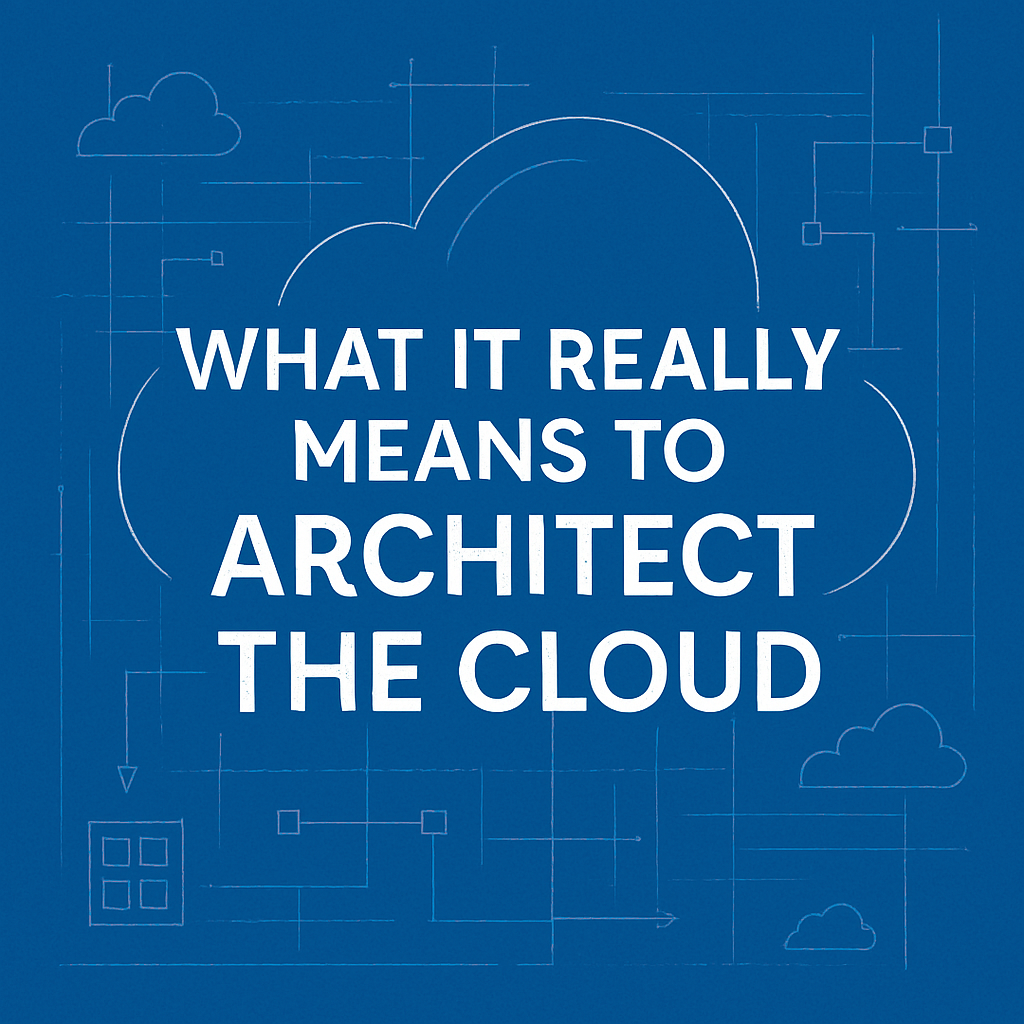“It was terrifying. I felt useless. I thought about the Manhattan Project.”
— Sam Altman, August 2025
OpenAI just unveiled GPT‑5. A new milestone. A leap forward. A step closer to AGI.
But what caught everyone off guard wasn’t just the model’s capabilities. It was the emotional reaction of Sam Altman, OpenAI’s CEO — a moment of deep concern, self-doubt, and a historical comparison that echoes through time: the Manhattan Project.
What is GPT‑5 and Why Is It So Powerful?
GPT‑5 is not just an upgrade. It’s a PhD-level, multimodal, multilingual, and deeply context-aware assistant. It can interpret text, audio, code, logic — and synthesize them in ways that are difficult to distinguish from human reasoning.
But instead of triumphant celebration, Altman shared something different:
A private moment. During internal testing, he gave GPT‑5 a task — to write a sensitive email that he himself didn’t know how to compose.
The model’s response was perfect. And in that moment, he admitted:
“I felt useless.”
The Manhattan Project Parallels
Altman wasn’t being dramatic.
He referenced the Manhattan Project — the WWII-era scientific program that created the first atomic bomb. Its scientists, many of whom were initially excited by the breakthrough, ended up haunted by what they had unleashed.
“It’s all moving too fast.”
“There are no adults in the room.”
These are not casual remarks. They’re signals. Altman, like Oppenheimer before him, is facing the moral weight of creation.
Humanity & AI: Who’s in Control?
This blog has long explored that question. In past posts, we discussed:
- the AI Alignment problem
- the open letter from AI experts urging a pause in large-scale experiments
- the difference between capability and governance
Now, we’re watching the creator of one of the most powerful AI systems publicly admit that he doesn’t know if anyone is truly in charge anymore.
And that’s the real story behind GPT‑5.
The Historical Burden of Makers
J. Robert Oppenheimer once quoted the Bhagavad Gita after witnessing the first atomic explosion:
“Now I am become Death, the destroyer of worlds.”
That quote wasn’t just literary drama. It was existential reckoning. A creator seeing his creation’s magnitude — and realizing he might have gone too far.
Altman’s statement isn’t far from that.
And that, too, should make us pause.
Where Do We Go From Here? 5 Reflections
- It’s not power that’s dangerous. It’s the lack of oversight.
Technology becomes a threat not because of what it can do — but because of how unprepared we are to handle it. - A creator’s fear is not weakness — it’s wisdom.
Altman didn’t share these feelings for attention. He shared them because something felt wrong. That matters. - We need “adults in the room.”
Policymakers, ethicists, educators, engineers. We need coordinated governance — fast. - CTOs and developers must think beyond MVPs.
When you build with tools like GPT‑5, you’re not just building features. You’re building systems of influence. - Existential discomfort is not a flaw — it’s a compass.
In a time of hyper-automation, the ability to stop and ask hard questions is the most human thing we can do.
Final Thought
History may one day write:
“This was the century where humans created something they weren’t sure they could control.”
The real question is:
Will we be spectators — or shapers of the future?
GPT‑5 is here. The moral conversation needs to catch up. Fast.



